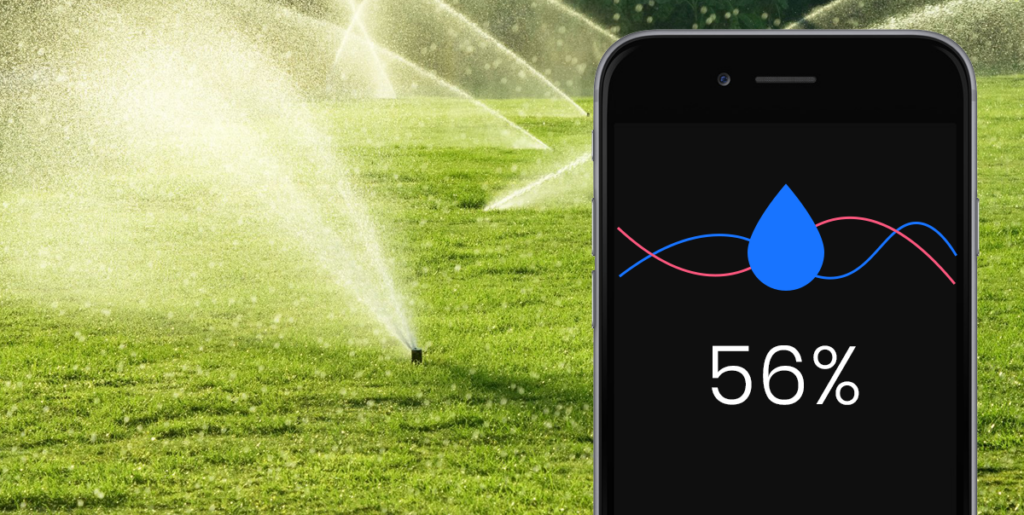Table of Contents
The population of the World is on track to go from 7.3 billion people to over 9.6 billion people by 2050. In addition, each person is going to consume about 30% more calories as we see the continued shift towards more diverse and protein-heavy diets. These two facts tell us that we’ll need to produce 50% more food if these trends continue.
We’ll need to produce 50% more food by 2050.
The problem is we’re not on track with this demands. If we look at the total production we’ve seen over the last 50 years – 70% of it has come from farming new land. If we look at the trends that we expect to see over the next 50 years, less than 5% of our increase in food production will be able to come from farming new land. This is because we’ve already farming our best lands.
Less than 5% of our increase in food production will be able to come from farming new land.
The only way to address this problem is to increase the productivity of the land we’re already farming.
“Of all the interventions to reduce poverty, improving agricultural productivity is the best.”
Bill Gates
Development of Big Data solutions for AgTech
Now let’s talk about future from the farmer’s point of view. When you talk to a farmer his problem is different to feeding the world or saving the world.
Let’s take a commodity row crop farmer, as an example. Today, 1 out of 4 farmers in the U.S. is producing his commodity at a loss. So they are not so much concerned about “feeding the world”, rather “making it to the next year”. From farmers’ standpoint, there are four things to address.
For buying indicator for an AgTech Big Data Solution:
- Make more money.
- Save money.
- Eliminate risk.
- Save time.
Hereafter, we’ll cover Big Data Solutions that can address each of these problems.
Estimation of Soil Nutrition
The nutrients in the soil act the same way as the food that allows us to grow. The nutrients fuels the grows of the crops and without it crops will face stunted growth, malnutrition, and starvation.
The difference in the optimal amount of nutrient to put on the field can vary from 3x to 4x.
The problem farmers face year after year, that has become their routine, is the prediction of how much nutrients to apply to the soil. Why is it such a complex problem? The difference in the optimal amount to put on the field can vary from 3x to 4x. In addition, there are three main factors that impact the decision:
- variability in soil from one field to the next;
- an ever-increasing variability in weather;
- the type of crops a farmer wants to produce.
Nowadays, farmers have little to none tools to put together these complex variables in order to come to a solution. As a result, they stick to the practices that they know or fall back to what is familiar.
The Big Data can help to make such tough decisions and get over that hump to make new decisions, instead of using old and inefficient practices. It takes the various data sets on weather, crops, yield, and soil. It ties all the disparate indicators together to give a farmer a very simple and actionable recommendation about the number of fertilizers to put down on a field.
Estimation of Water Consumption for Irrigation
More and more farmers compete for the same water. This happens much due to an external event that is hard to foresee and predict: climate change.
You can look at the drought as sort of a forerunner of climate change impact in California. In 2018 it’s going to be the 5th year of drought. At this point, governmental regulators come into play in order to support local farming. Which means more investments into Innovative and Controlling technologies that would oversee water supply & consumption. Efficiency is the name of the game.
Such drought, combining with clay and sandy soils requires an efficient irrigation system. Farmers come to recognize how important the efficiency of their agricultural water use. The efficiency sums up from several approaches:
Optimization of water consumption and irrigation. Most of the fields are non-uniform in their water needs and sun exposure, so why would someone put a non-uniform amount of water across that field. Big Data helps to target in a site-specific manner just how much water is needed.
Variable rate irrigation. It is an analytical system that uses geospatial data to identify non-crop areas vs crop areas and notifies farmer what files are in the most need of water on the month-to-month, week-to-week basis.
Advanced irrigation scheduling. This piece of Big Data helps a farmer to understand when to irrigate based on the objective data coming from the field.
For example, with the remote soil moisture monitoring sensors. You put one on the field and it tells what the soil moisture is at that given point. Whether it’s 15-minutes or daily increments you’re basically able to see under the soil and understand how much water is available to that plant.
Selling Big Data Products to Farmers
No surprise that such day to day problems make farmers focus on the yield only. So when you come in with new technology they’ll have only question: Does it help me in my area, and does it help me to do things better than before?
Every week someone comes around to sell their products, cure-all solutions. The farmers have seen them all and very skeptical about that products. And many of farmers are risk-averse because they’ve seen many friends and neighbors tried and failed with new products.
Considering all aforementioned, Big Data and software products have a big advantage over physical products. Big Data makes less intervention into the routine of farmers and can be sold for such price that won’t put farmers at risk of facing debt or going out of business.
Bottom Line
Analytics can play a great role in farming, from sensing what’s in the field, to sensing what’s in the processing facility. If all the information can be processed in the Big Data analytics manner agriculture can see some far-reaching advancement and yield increase. The only question is to choose the right problem to apply those software tools and use developers’ experience.




